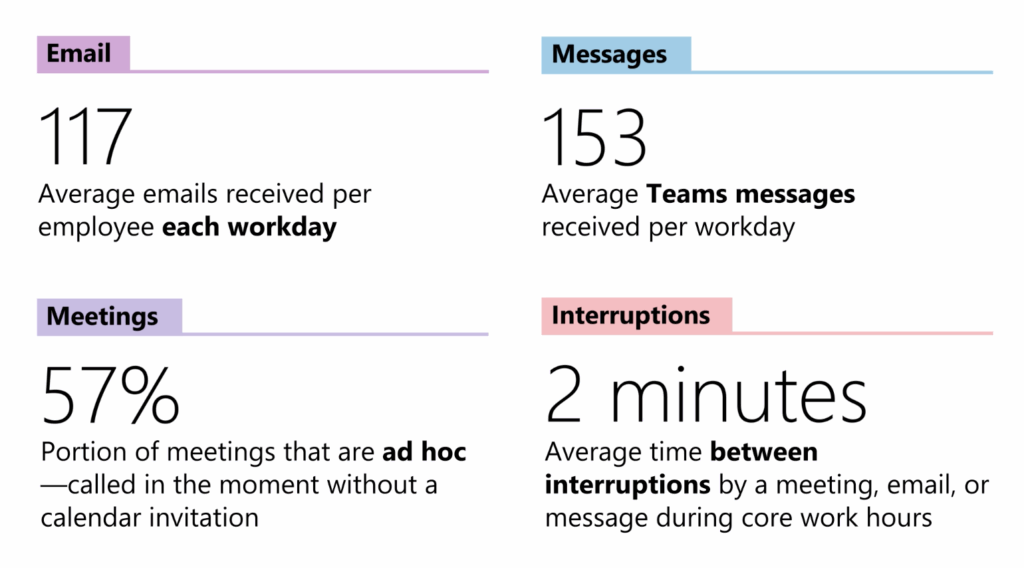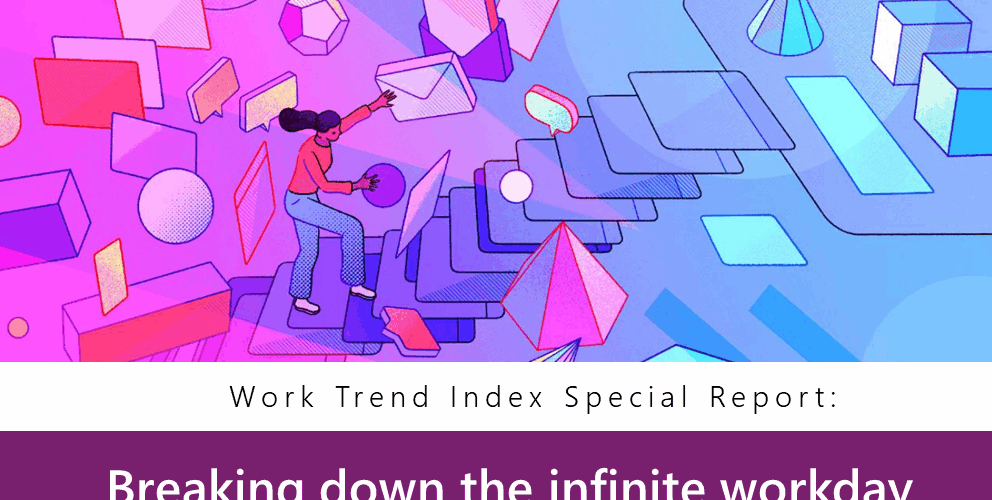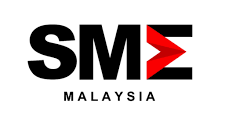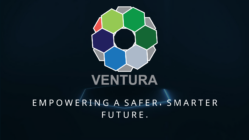Morning: The day starts before you do
Microsoft’s telemetry shows that work often begins before sunrise. By 6 a.m., nearly 40% of users online are already checking emails. The average employee receives 117 emails daily, many skimmed in under a minute. Mass emails are on the rise (+7% YOY), while one-on-one threads have declined.
By 8 a.m., Microsoft Teams overtakes email as the main communication channel. Employees now receive 153 Teams messages per weekday, with message volume rising significantly in regions such as Central & Eastern Europe and South Korea. This shift accelerates the tempo of the day, flooding workers with constant interruptions.

Midday: Focus time is a mirage
Prime hours of productivity—9–11 a.m. and 1–3 p.m.—are often consumed by meetings, particularly on Tuesdays, which now carry the heaviest meeting load (23%). Nearly 50% of meetings take place during these hours, leaving limited space for deep work. Simultaneously, message activity peaks by 11 a.m., making it the most overloaded hour of the day.
Despite apparent breaks in the afternoon, employees face near-constant interruptions. Microsoft 365 data shows users are disrupted every 2 minutes by notifications, emails, or meeting requests. Over 48% of employees, and 52% of leaders, describe their work as chaotic and fragmented.

Other signals of mounting complexity include:
- 57% of meetings are ad hoc and lack calendar invites
- 1 in 10 meetings are scheduled at the last minute
- Large meetings (65+ attendees) are the fastest-growing segment
- Multitime-zone meetings are up 35% since 2021
- PowerPoint activity spikes 122% in the last 10 minutes before meetings
Evening: Triple peak hasn’t peaked yet
The triple peak workday—morning, midday, and evening—is now the norm. Meetings after 8 p.m. have increased 16% YOY, while employees exchange 50+ messages outside business hours. By 10 p.m., nearly a third (29%) of users are back in their inboxes.
Weekend work is rising too: 20% of employees check emails before noon on Saturdays and Sundays, with 5% returning to email on Sunday nights. Interestingly, while Teams use drops, apps like Word, Excel, and PowerPoint (WXP) dominate on weekends, as employees finally find time for focused tasks.

The path forward
The findings indicate that the workday is expanding unchecked, fueled by complex workflows, reactive cultures, and poor boundaries. As pressures mount, 1 in 3 employees now say the pace of work has made it impossible to keep up over the past five years.
Microsoft argues that to truly benefit from AI, companies need more than just automation—they need a reimagined rhythm of work. This involves adopting a Frontier Firm mindset, which includes:
- Applying the 80/20 rule: Use AI to eliminate low-value tasks and reclaim time for decisions and execution that matter most.
- Redesigning the Work Chart: Shift from rigid, function-based org structures to goal-oriented, agile teams enhanced by AI.
- Becoming agent bosses: Empower employees to work with AI agents that handle data, analysis, and drafting—freeing people to focus on high-impact thinking.
The road to transformation isn’t just about technology. It’s about how organizations choose to reshape the way work happens. The question is no longer if work will change—but whether leadership will.









